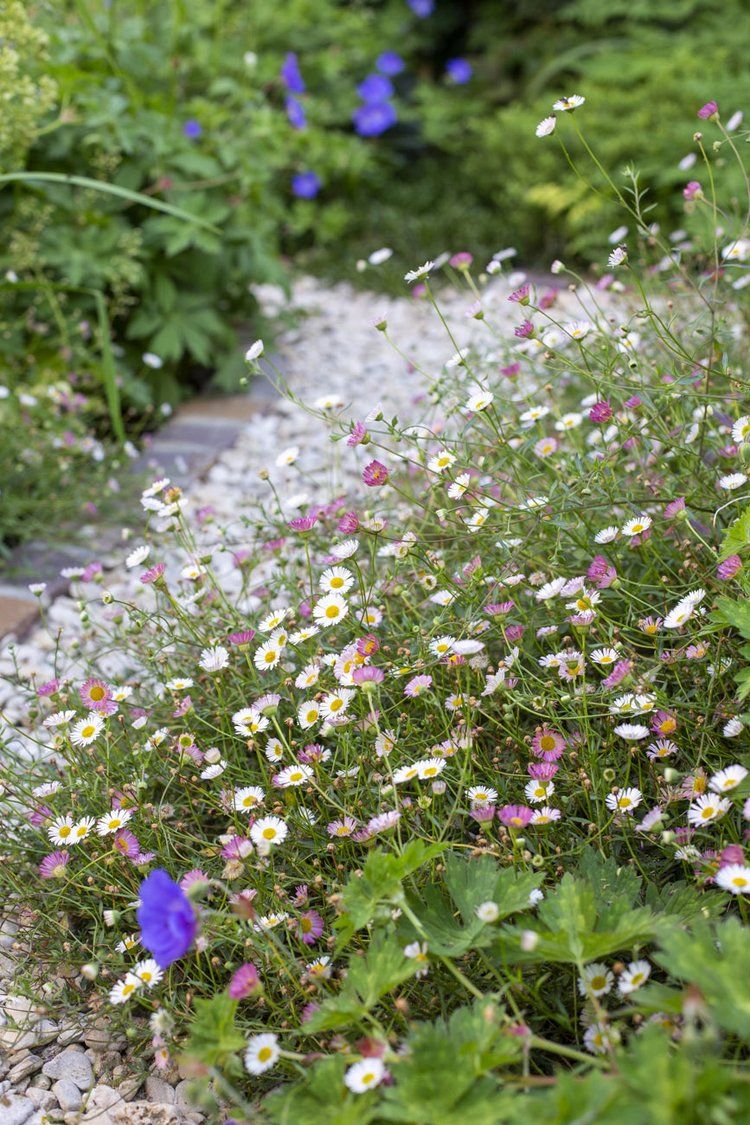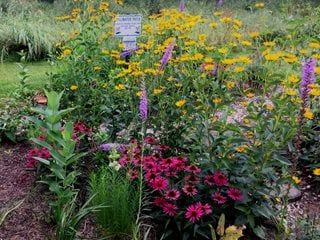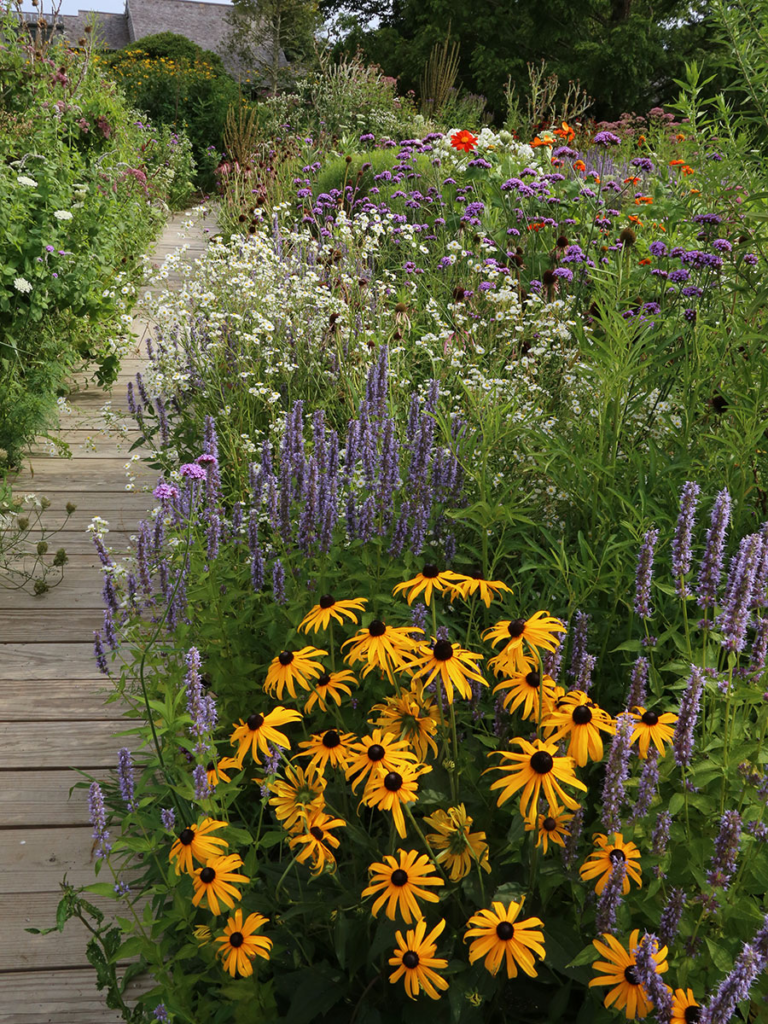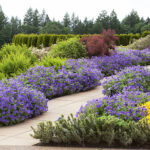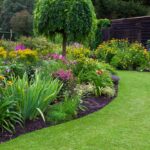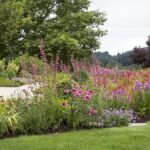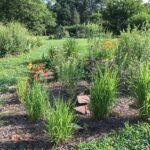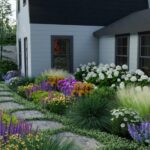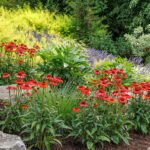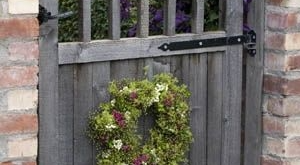Pollinator gardens are gaining popularity among gardeners and environmental enthusiasts as a way to support and protect local pollinator populations. These gardens are designed to attract and provide food sources for bees, butterflies, birds, and other beneficial insects that play a crucial role in pollinating plants. Creating a successful pollinator garden requires thoughtful planning and design to ensure that it meets the needs of these important pollinators.
When designing a pollinator garden, it is important to include a variety of flowering plants that will provide a continuous source of nectar and pollen throughout the growing season. Choose a mix of native plants and non-invasive exotic species that are known to attract pollinators. Plants with bright, colorful flowers are especially attractive to pollinators, as they can easily spot them from a distance.
In addition to selecting the right plants, the layout and organization of the garden are also key factors in attracting pollinators. Grouping plants together in clusters of the same species can make it easier for pollinators to find them and efficiently collect nectar and pollen. Consider planting tall plants towards the back of the garden and shorter plants towards the front to create a layered effect that provides shelter and protection for pollinators.
Another important aspect of pollinator garden design is providing a water source for thirsty pollinators. This can be as simple as a shallow dish filled with water or a small birdbath. Be sure to keep the water source clean and maintained to ensure the health and safety of the pollinators that visit your garden.
A successful pollinator garden design also takes into account the overall ecosystem and habitat of the area. Avoid using pesticides and herbicides in your garden, as these chemicals can be harmful to pollinators and disrupt their natural behavior. Instead, opt for organic gardening practices and natural pest control methods to create a healthy and thriving environment for pollinators.
Ultimately, creating a pollinator garden is a rewarding and beneficial endeavor that not only supports local pollinator populations but also adds beauty and biodiversity to your outdoor space. With thoughtful planning and design, you can create a vibrant and flourishing pollinator garden that will attract a wide variety of beneficial insects and wildlife. By following these tips and guidelines, you can help protect and promote the health of pollinators in your community.
 yishifashion Where Outdoor Dreams Become Reality
yishifashion Where Outdoor Dreams Become Reality
